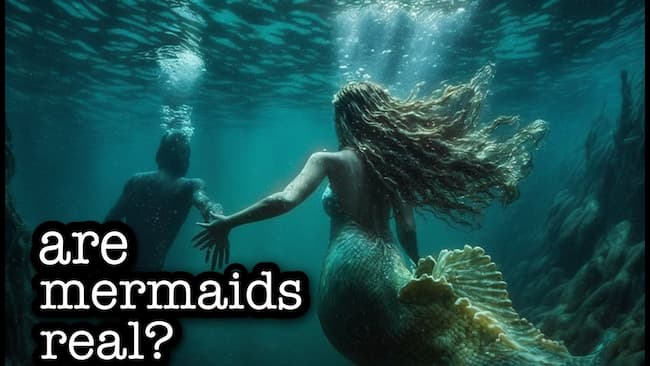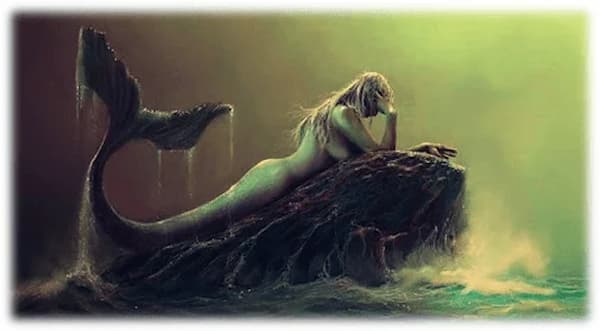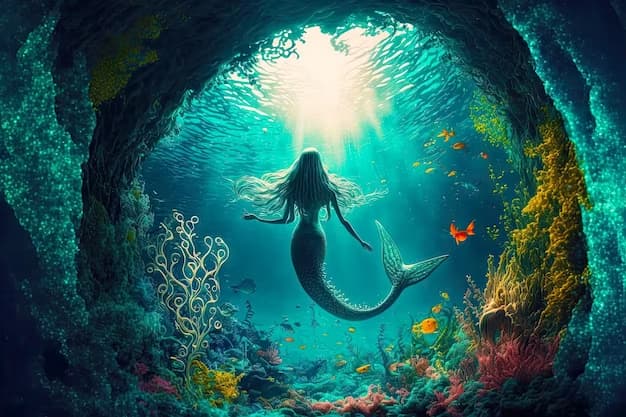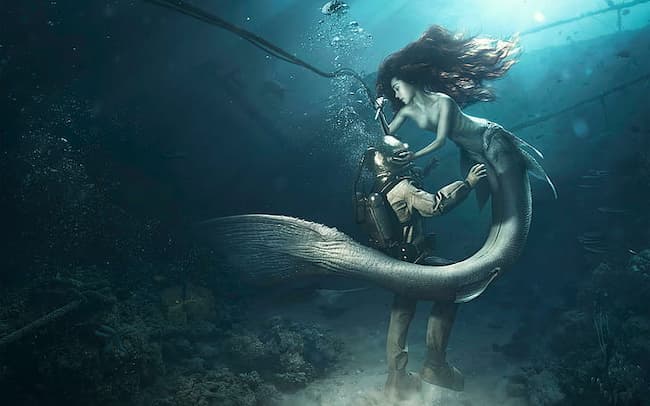Hey ocean enthusiasts! Today, we’re delving beneath the waves to explore the captivating mystery of mermaids. From ancient folklore to modern tales, the sea has whispered stories of these half-human, half-fish beings. Join us on this aquatic adventure as we dive into the depths of the mermaid myth, exploring the cultural currents that have kept this enigma afloat.
Sirens of the Sea – Introduction to Mermaids

Ever dreamt of encountering a mythical being beneath the waves? Mermaids, those mesmerizing creatures of the deep, have long bewitched the imaginations of sailors and storytellers alike. With the upper body of a human and the lower body of a fish, mermaids epitomize the allure and mystery of the sea.
From Folklore to Fairy Tales – Mermaids in Cultural Narratives
The lore of mermaids spans the globe, from the sirens of ancient Greek mythology to the enchanting figures in Hans Christian Andersen’s “The Little Mermaid.” Each culture adds its own strokes to the canvas of mermaid tales, shaping these aquatic beings into symbols of both peril and beauty.
The Anatomy of a Mermaid – Imagining Half-Human, Half-Fish

Picture this: shimmering scales, flowing hair, and a hauntingly beautiful melody drifting through the sea breeze. The anatomy of a mermaid sparks the imagination, blurring the lines between fantasy and reality. Dive into the visual poetry of these mythical beings as we explore their enchanting features.
Mermaids Across Oceans – A Global Phenomenon
From the depths of the Pacific to the shores of the Atlantic, mermaid tales are as diverse as the oceans they inhabit. In Japan, mermaids are known as “ningyo,” while in Africa, Mami Wata is a mermaid deity. This global fascination with mermaids illustrates their enduring presence in the collective consciousness.
Real-Life Mermaid Encounters? – Separating Fact from Fiction

While tales of mermaids continue to captivate, the quest for real-life encounters raises skepticism. Scientifically, no evidence supports the existence of mermaids as mythical beings. Yet, the allure persists, with occasional reports of mermaid sightings echoing through maritime folklore.
Mermaids in Pop Culture – Riding the Waves of Fame

Mermaids aren’t confined to ancient tales and sailor’s yarns. They’ve swum into contemporary pop culture, from blockbuster movies to mesmerizing artworks. The enduring fascination with mermaids transcends time, keeping these mythical beings afloat in the sea of popular imagination.
A Watery World of Wonder – The Everlasting Charm of Mermaids
In conclusion, the mystery of mermaids continues to ripple through the waters of human fascination. Whether considered mythical beings or symbols of the sea’s enigma, mermaids remain firmly anchored in our cultural consciousness. As we navigate the tides of ancient tales and modern interpretations, the world beneath the waves reveals a watery world of wonder.
Frequently Asked Questions:
Q1: Are mermaids based on real creatures?
A: While many cultures share tales of mermaid-like beings, there is no scientific evidence supporting the existence of half-human, half-fish creatures. Mermaids are predominantly creatures of mythology and folklore.
Q2: What inspired the global fascination with mermaids?
A: The global fascination with mermaids is inspired by their presence in diverse cultural narratives, captivating the human imagination with their dual nature of beauty and peril. They embody the mysteries of the vast oceans.
Q3: Have there been any recent mermaid sightings?
A: Reports of mermaid sightings lack scientific validation. Though occasional tales surface, they are often attributed to misidentifications of marine animals or the play of light on the water.
Q4: How have mermaids evolved in popular culture?
A: Mermaids have evolved from ancient folklore to becoming iconic figures in literature, art, and film. Modern pop culture has reimagined them as both enchanting and empowering, contributing to their enduring charm.
Q5: What role do mermaids play in cultural symbolism?
A: Mermaids symbolize a range of concepts, from the allure and dangers of the sea to themes of transformation and empowerment. Their cultural symbolism varies, reflecting the diverse perspectives of societies across the globe.

